Choosing the right type of tile for your space is crucial to achieving a beautifully designed and functional surface. When it comes to tile installation, two primary options stand out: floor tiles and wall tiles. While both serve different purposes, understanding their differences can help you make an informed decision and create a stunning finished result. In this article, we will compare floor tiles and wall tiles, exploring their characteristics, benefits, and recommended applications. 1. Material and Durability: Floor tiles are designed to endure heavy foot traffic, which means they are typically made of more durable materials such as ceramic, porcelain, or natural stone. These materials can withstand wear and tear and are highly resistant to scratches, stains, and moisture. On the other hand, wall tiles, being installed in a less demanding environment, can be made from a wider range of materials, including ceramic, glass, porcelain, or even softer options like mosaic tiles.
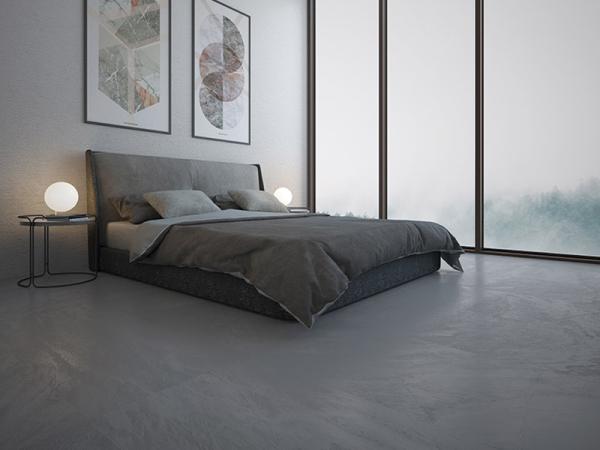
.
 2. Surface Texture: Floor tiles often have a more textured surface compared to wall tiles. This is to provide better traction and prevent slips, especially in areas prone to moisture or accidental spills. Wall tiles, on the other hand, tend to have a smoother surface, often featuring attractive glazes, patterns, or finishes that enhance their aesthetic appeal. 3. Size and Shape: Floor tiles are traditionally available in larger sizes, contributing to their functionality in covering bigger areas with fewer grout lines. Their larger size and shape allow for easier cleaning and maintenance. Wall tiles, on the other hand, offer a wider variety of sizes, shapes, and designs, lending themselves to more creative and intricate patterns when installed vertically.
2. Surface Texture: Floor tiles often have a more textured surface compared to wall tiles. This is to provide better traction and prevent slips, especially in areas prone to moisture or accidental spills. Wall tiles, on the other hand, tend to have a smoother surface, often featuring attractive glazes, patterns, or finishes that enhance their aesthetic appeal. 3. Size and Shape: Floor tiles are traditionally available in larger sizes, contributing to their functionality in covering bigger areas with fewer grout lines. Their larger size and shape allow for easier cleaning and maintenance. Wall tiles, on the other hand, offer a wider variety of sizes, shapes, and designs, lending themselves to more creative and intricate patterns when installed vertically.
..
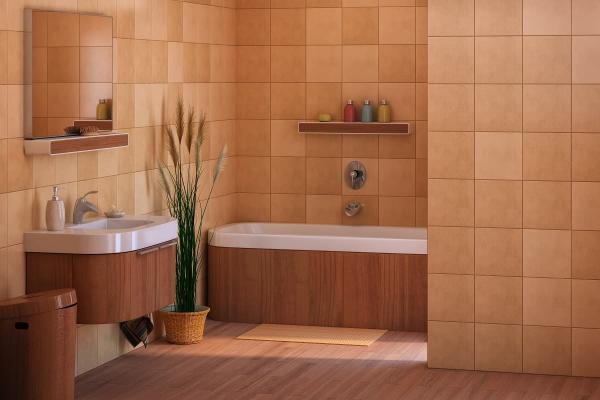 4. Application and Usage: As the name suggests, floor tiles are primarily intended for use on floors. Due to their durability, they are ideal for high-traffic areas such as entryways, kitchens, bathrooms, and hallways. Wall tiles, on the other hand, are specifically designed for vertical applications and can be used in bathrooms, kitchens, showers, or as decorative accents on feature walls. 5. Aesthetic Considerations: Both floor tiles and wall tiles serve aesthetic purposes, but their applications differ. Floor tiles often prioritize functionality while maintaining an appealing appearance. They are available in a variety of colors and patterns, enabling you to create a cohesive look throughout the space. Wall tiles, however, offer a broader range of design options, including vibrant colors, intricate designs, and various textures.
4. Application and Usage: As the name suggests, floor tiles are primarily intended for use on floors. Due to their durability, they are ideal for high-traffic areas such as entryways, kitchens, bathrooms, and hallways. Wall tiles, on the other hand, are specifically designed for vertical applications and can be used in bathrooms, kitchens, showers, or as decorative accents on feature walls. 5. Aesthetic Considerations: Both floor tiles and wall tiles serve aesthetic purposes, but their applications differ. Floor tiles often prioritize functionality while maintaining an appealing appearance. They are available in a variety of colors and patterns, enabling you to create a cohesive look throughout the space. Wall tiles, however, offer a broader range of design options, including vibrant colors, intricate designs, and various textures.
…
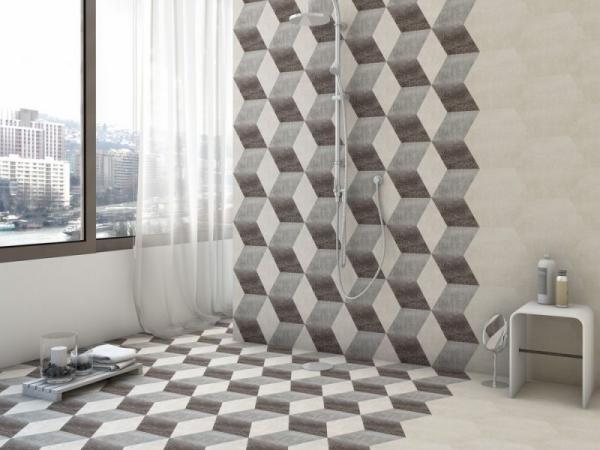 They enable you to add drama, visual interest, and personality to any room. Conclusion: When it comes to selecting between floor tiles and wall tiles, it is essential to consider factors such as materials, durability, surface texture, size, application, and overall aesthetic appeal. By understanding the differences between the two, you can make an informed decision and choose the best option for your specific needs and design preferences. Whether you opt for floor tiles that offer functionality and durability or wall tiles that allow for more creative expression, both choices will undoubtedly enhance the aesthetic appeal and functionality of your space.
They enable you to add drama, visual interest, and personality to any room. Conclusion: When it comes to selecting between floor tiles and wall tiles, it is essential to consider factors such as materials, durability, surface texture, size, application, and overall aesthetic appeal. By understanding the differences between the two, you can make an informed decision and choose the best option for your specific needs and design preferences. Whether you opt for floor tiles that offer functionality and durability or wall tiles that allow for more creative expression, both choices will undoubtedly enhance the aesthetic appeal and functionality of your space.
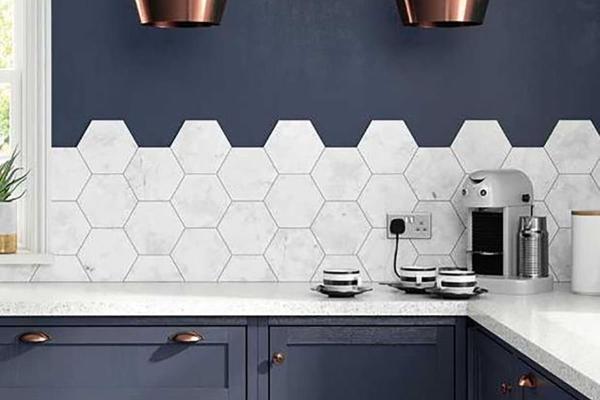
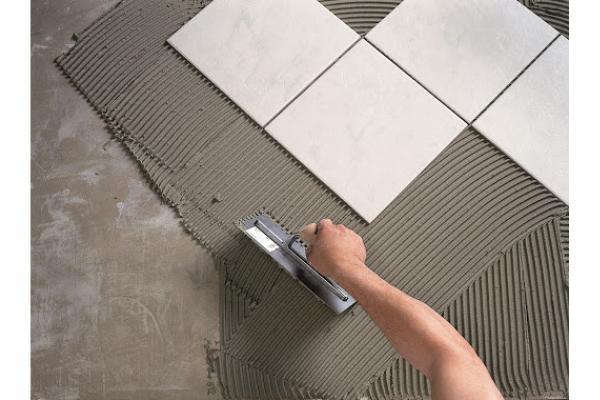
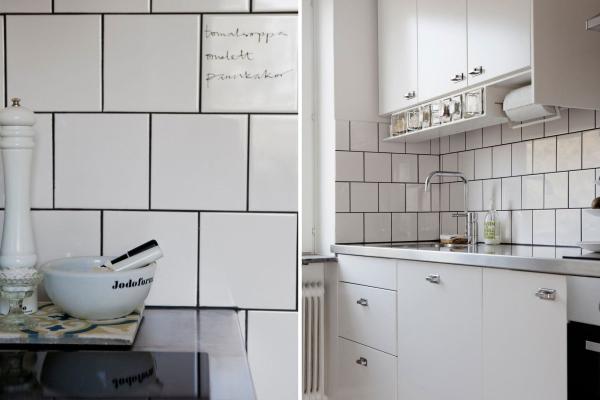
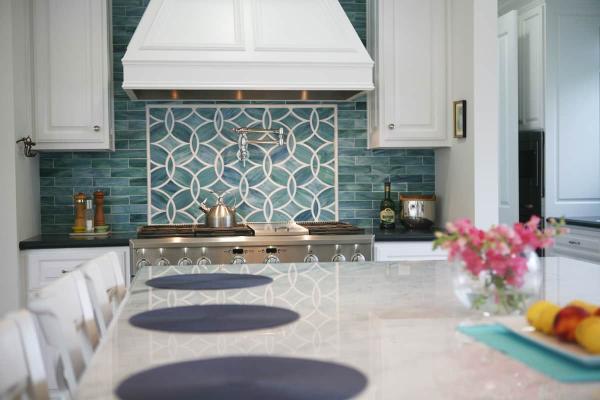
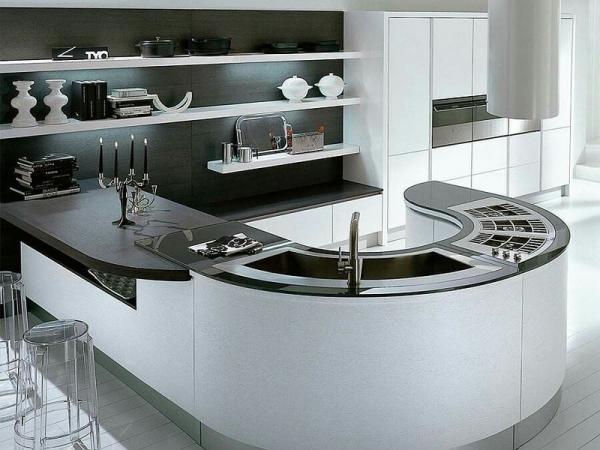
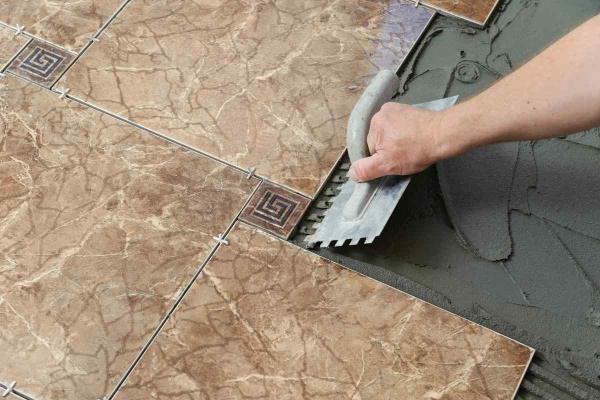
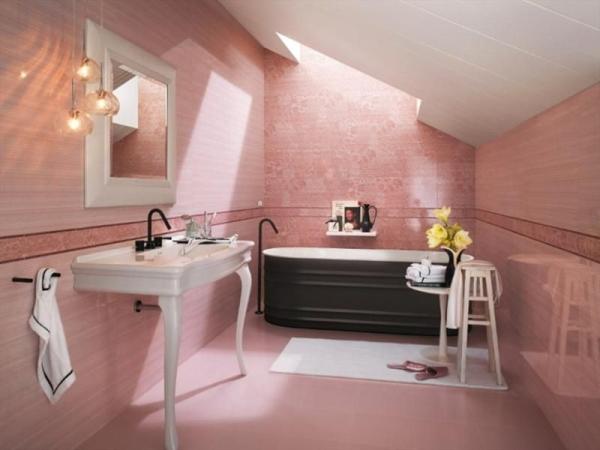
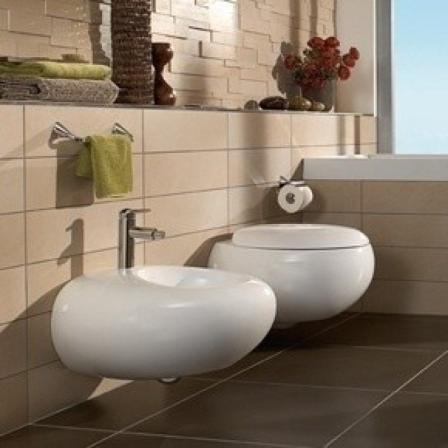

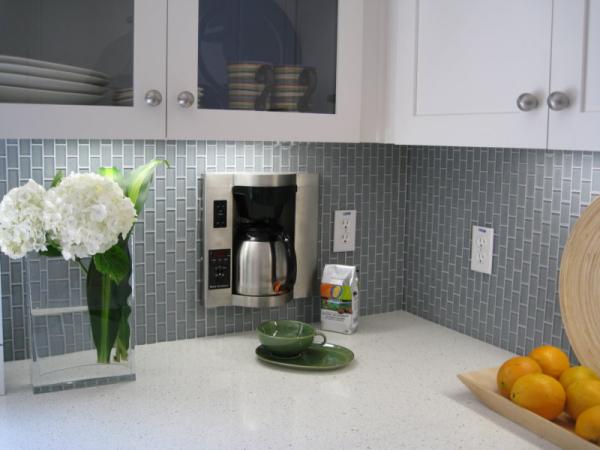
Your comment submitted.